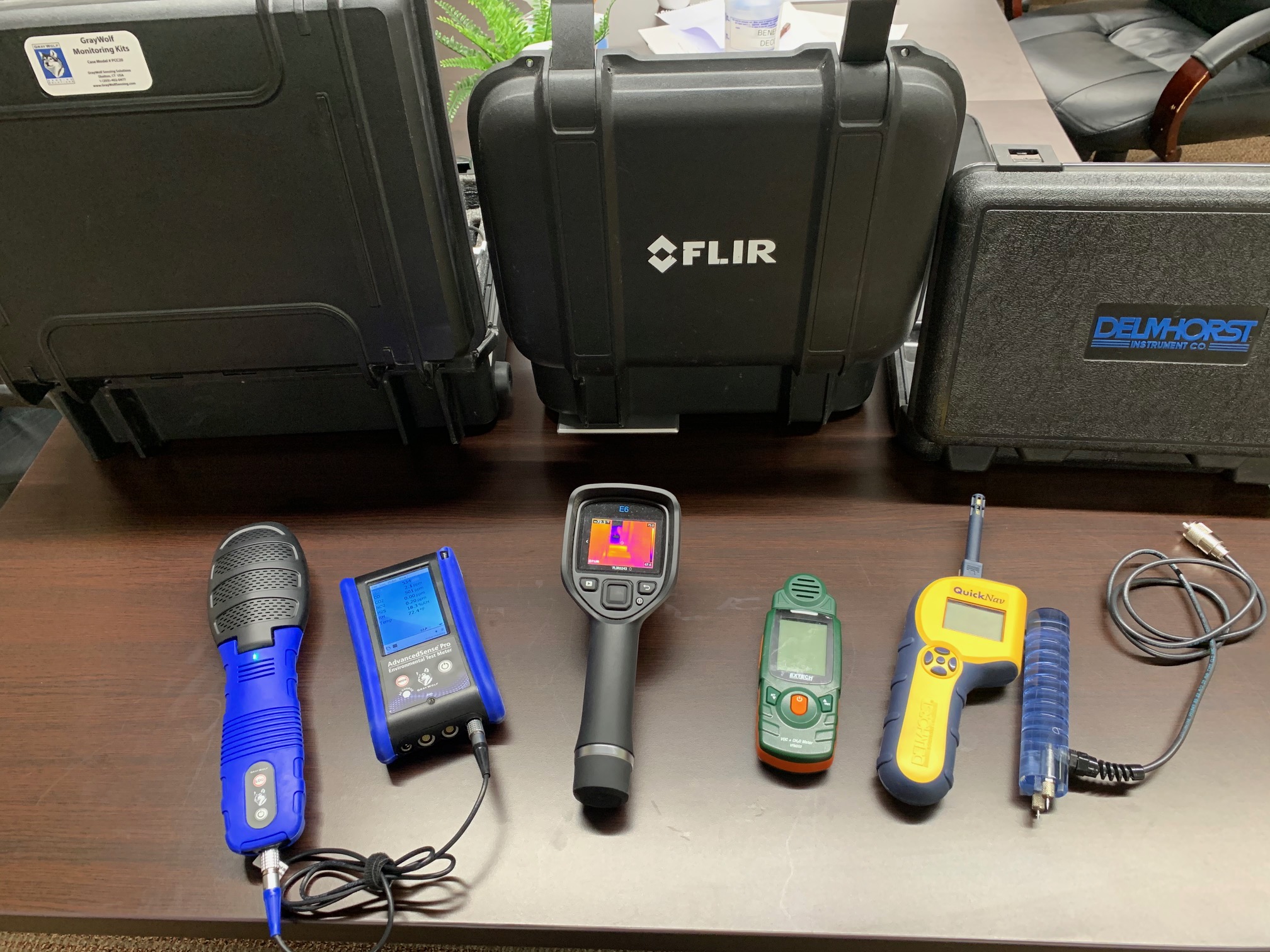
This document was written for a specific customer. It has some good general information on utilizing the equipment already present in the home, or investing in some low cost items that can improve the overall air quality in a home.
Ways to Improve Overall Air Quality
During the initial mold assessment, there was some discussion of different ways to improve the overall air quality in the home. There are some very inexpensive ways to maximize the equipment that you already have in the home and there are some more expensive products that can have a very significant positive impact on the air quality.
Bathroom Vent Fan – The bathroom vent fan is one of the most under utilized tools available in most homes. First, you should confirm that the fan is in good running order and is properly vented to the outdoors. The fan should always be engaged when utilizing the shower or bath, to exhaust the moisture laden air to the outdoors. Normally to be truly effective, the fan should remain on for 15 – 20 minutes after bathing is completed. Many of us are in such a rush, we simply run out of the bathroom and flip off the light and fan. Replacing the wall switch with a switch that has either a countdown timer or even a built-in humidistat is an inexpensive option. Local hardware stores should have a selection to choose from. For example, Menards carries the DewStop brand humidity switch for around $45 and they have Broan-NuTone built-in timer switches for around $35. The advantage of the humidity switch is that even if the switch is turned off and for some reason, normally a failure of the air conditioning, the humidity in the house increases dramatically, the fan will engage and exhaust much of the humidity back outside. Finally, during the heat of the summer or cold of the winter, opening the windows to provide some fresh air is counterproductive. Simply turning a bathroom vent fan on for a few hours will purge the home of “stagnant air”. Fresh air will be forced to seep into the home. That air will be partially filtered and tempered by the materials that it passes through.
Air Purification Systems.
There are several different kinds of air purification systems on the market. Some of these are small portable units which can effectively purify the air in one problem room, or even in a section of the home. There are a myriad of these products on the market, by any number of manufacturers.
The less expensive units can be had for $50 or less and usually just contain a HEPA filter. These can be effective at removing airborne particulate by filtering it out of the air that is passing through the machine. These machines are less effective on odors and also rely solely on the efficiency of the HEPA filter in them. These filters can accumulate particulate quickly and may need to be replaced regularly. Plus, the filters can be quite expensive.
More expensive small portable units which have other technologies in combination with a HEPA filter. For example, the Steril-Zone by Steril-Aire has a filter cartridge which consists of a HEPA filter in combination with a UVC lamp. The UVC lamp does a better job of sterilizing the air than just a HEPA filter alone. Plus, the UVC lamp continuously cleans the HEPA filter, increasing its service life. These cartridges last as long as the lamp life, which is around 1 year, before needing replacement.
Another option is a whole home system that is placed inside the air ducts of that home’s HVAC systems. This may not be an option for some homes with out forced air heat or air conditioning. The technology employed can vary from UVC lamp kits, to the newer technologies of iWave or REME HALO systems.
The links below will provide some more information on these products either from a specific manufacturer, or from some air quality proficient HVAC professionals that have compared the products.
Here is the link for iWave air purifier
Here is info on the Steril-Aire UV lamps. There are many manufacturers making these now, including most of the major furnace brands. I am providing it just for reference.
In doing some quick research, trying to find an online comparison of the newer technologies, I found an interesting page of an HVAC contractor in Missouri which compares two new technologies, the iWave and the REME HALO, a new generation of electromagnetic and hydrogen peroxide technology.
https://gopaschal.com/iwave-vs-reme-halo-whats-the-difference/
They also have some good info on UV
https://gopaschal.com/indoor-air-quality/uv-air-sanitizer/
I hope that this will provide some basic information and resources for further research. I also urge you to contact your HVAC professional. They will likely have input as to what technologies are most appropriate for the HVAC system in your home.
